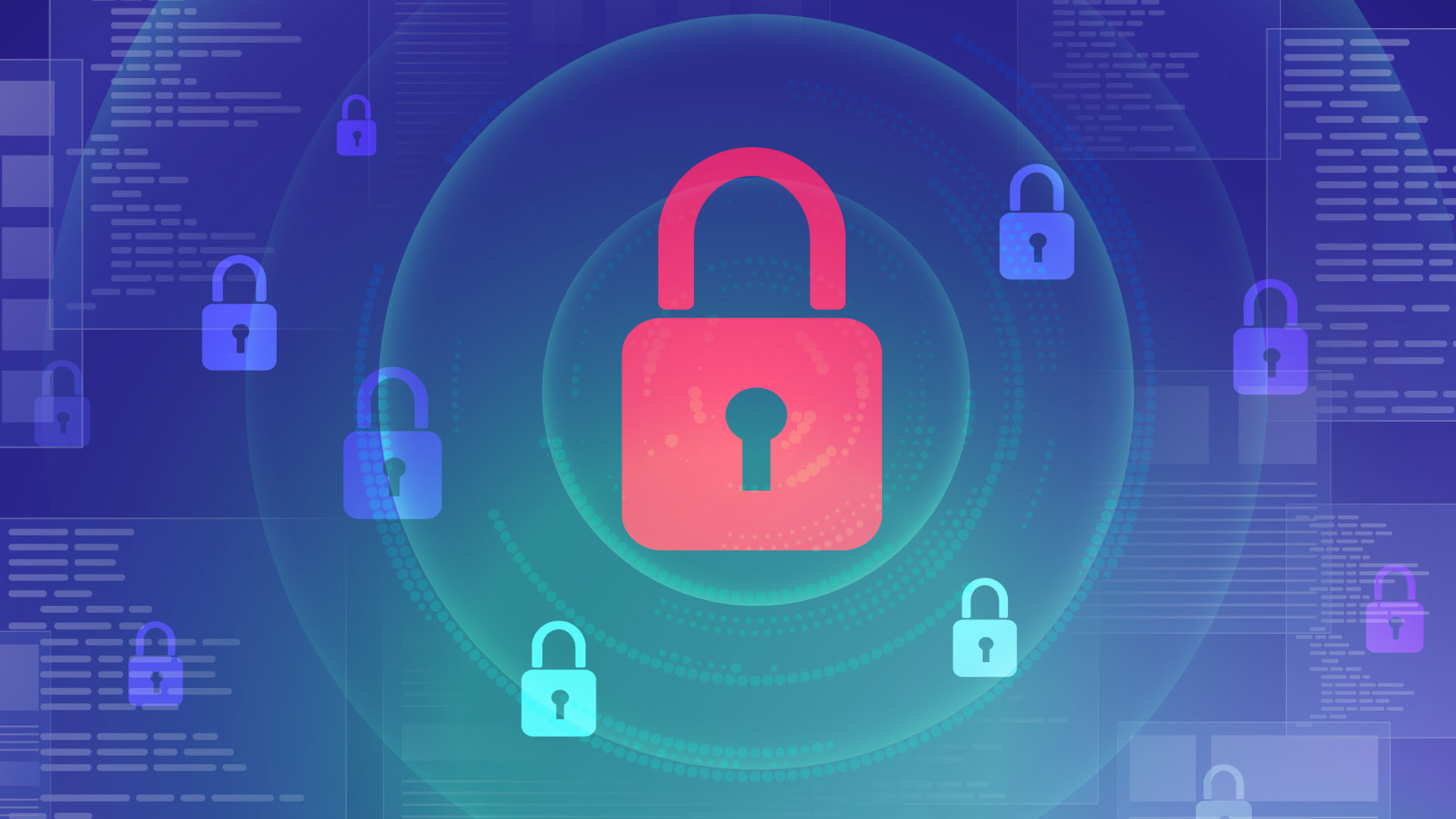Introduction
In today’s digital landscape, traditional security measures are no longer sufficient to protect sensitive data and systems from evolving cyber threats. As organizations face an increasing number of sophisticated attacks, the Zero Trust concept has emerged as a proactive security approach. By adopting a Zero Trust strategy, businesses can enhance their defenses and minimize the potential impact of security breaches. In this blog post, we will explore the fundamentals of creating a Zero Trust strategy and provide actionable steps to help organizations implement this security framework effectively.
Understanding Zero Trust
Zero Trust is a security framework that challenges the conventional perimeter-based approach. Instead of assuming trust based on network location, Zero Trust promotes the “never trust, always verify” concept. Every user, device, or system within the network is treated as potentially untrustworthy until proven otherwise. By implementing continuous verification and strict access controls, Zero Trust aims to protect critical assets from both internal and external threats.
Key Components of a Zero Trust Strategy
To develop an effective Zero Trust strategy, organizations need to focus on several essential components:
- Identity and Access Management (IAM): Implementing strong authentication methods, such as multi-factor authentication (MFA), and utilizing identity providers to verify user identities are crucial steps in a Zero Trust environment. Additionally, adopting a least-privilege access model ensures that users have only the necessary permissions required to perform their tasks.
- Network Segmentation: Breaking the network into smaller, isolated segments helps limit the lateral movement of threats. By segmenting the network based on trust levels and applying strict access controls, organizations can contain potential breaches and minimize the scope of an attack.
- Micro-Segmentation: Extending network segmentation to the application and workload level adds an extra layer of security. By enforcing granular access controls and isolation between applications and workloads, organizations can minimize the risk of unauthorized access and limit the potential impact of an attack.
- Continuous Monitoring and Analytics: Implementing robust monitoring and analytics solutions allows organizations to gain real-time visibility into their network, detect anomalies, and respond promptly to potential security incidents. By continuously monitoring user behavior, network traffic, and system logs, organizations can identify and mitigate security threats more effectively.
- Automation and Orchestration: Embracing automation and orchestration technologies can streamline security processes, such as provisioning and deprovisioning user access, threat detection, and incident response. Automation helps ensure consistency and reduces the risk of human error, enhancing the overall security posture.
Implementation Steps for Zero Trust
While each organization’s Zero Trust implementation may vary based on its unique requirements, the following steps provide a general roadmap for creating a Zero Trust strategy:
- Assess Current Security Posture: Conduct a comprehensive assessment of existing security controls, identify vulnerabilities, and determine the scope of the Zero Trust implementation.
- Define the Security Perimeter: Redefine the security perimeter to focus on individual devices, users, and data rather than a network boundary. Identify critical assets and prioritize their protection.
- Develop Access Policies: Define access policies based on the principle of least privilege, granting users only the permissions necessary to perform their tasks. Implement strong authentication methods, such as MFA, and enforce continuous user verification.
- Implement Network and Application Segmentation: Break the network into smaller, isolated segments and apply strict access controls. Extend segmentation to the application and workload level to minimize the lateral movement of threats.
- Adopt Monitoring and Analytics Tools: Deploy monitoring and analytics solutions to gain visibility into network traffic, user behavior, and system logs. Establish real-time alerting mechanisms and incident response procedures.
- Train and Educate Employees: Provide comprehensive training to employees about the Zero Trust strategy.
Defending Software that Defends Banks: Lessons Learned from the Biggest Banks
With the increasing number of cyberattacks, the banking industry and its supply chain have become a prime target for attackers due to the valuable financial information they possess. The entire financial sector is considered a high-value target for hackers who seek to gain access to sensitive information or disrupt their operations.
Watch the webinar to learn about 10 best practices on how your supply chain should be protecting your data, including:
- Developing and adopting a Zero Trust Strategy
- Implementing strong authentication mechanisms
- Developing strong application security
- Data protection as a lifestyle
- Cybersecurity compliance as the minimum standard
- Collaborating with industry peers















